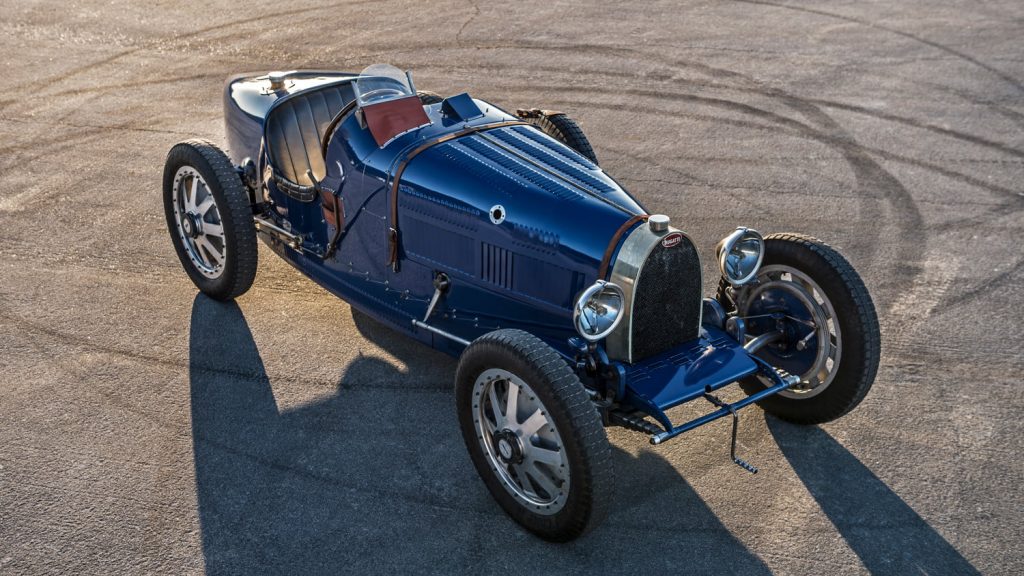22 April 2022
When the Bugatti Type 35, a 2-litre engine producing 95 bhp, was first entered into racing, it was deprecated. However, Bugatti more than compensated for its tiny size with its incredible handling characteristics. Additionally, the engine was unbelievably reliable.
Rather than fitting wheels with thin spokes, from 1924 onwards, Bugatti used wheels made of cast aluminium for the Type 35. These featured eight flat and wide spokes, a removable wheel rim and an integrated brake drum, which was revolutionary.
The Type 35 race debut was the 1924 Grand Prix de Lyon and suffered numerous problems shedding tyres, for which people blamed the aluminium wheels. Subsequently, technicians confirmed that the fault lay with the construction of the tyres.
Bugatti decided to fit wider tyres rather than chance a similar tyre issue; the result of the next race was a second place at the San Sebastian Grand Prix.
A very competitive racing car was born; this small scale car had over 2,000 successes, including winning the Targa Florio for five consecutive years, from 1925 through 1929.
It took the Grand Prix World Championship in 1926 after winning 351 races and setting 47 records in the two prior years. At its height, Type 35s averaged 14 race wins per week.
This track success made it very popular with privateers making it the first racing car to be manufactured in large numbers; the combination of private and works entrants was probably a significant influence on the number of racing success stories.
A 1.5-litre engine was developed, known as the Type 39, to comply with the Grand Prix regulations. For the longer road races like the Targa Floria, a 2.3-litre engine was introduced and had the moniker Type 35T (referencing the Targa Floria).
Much to Ettore’s chagrin, Bugatti adopted the use of a Supercharger. Ettore considered that to be cheating.

